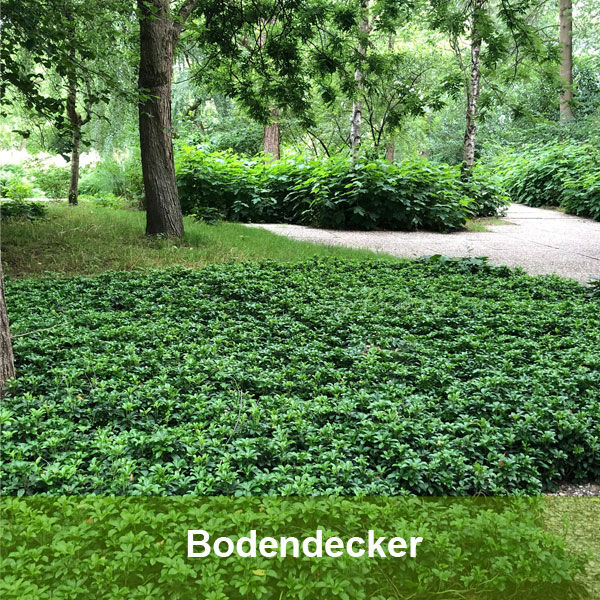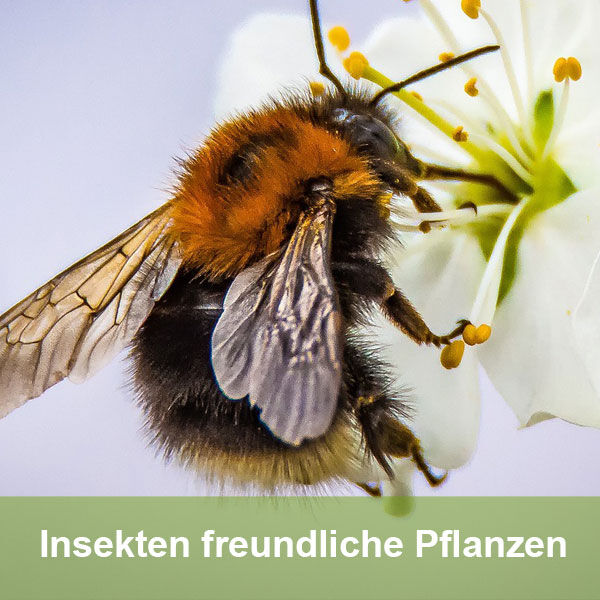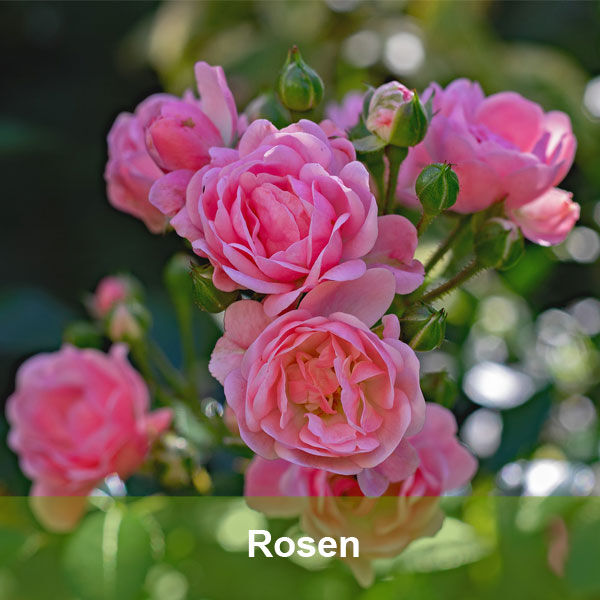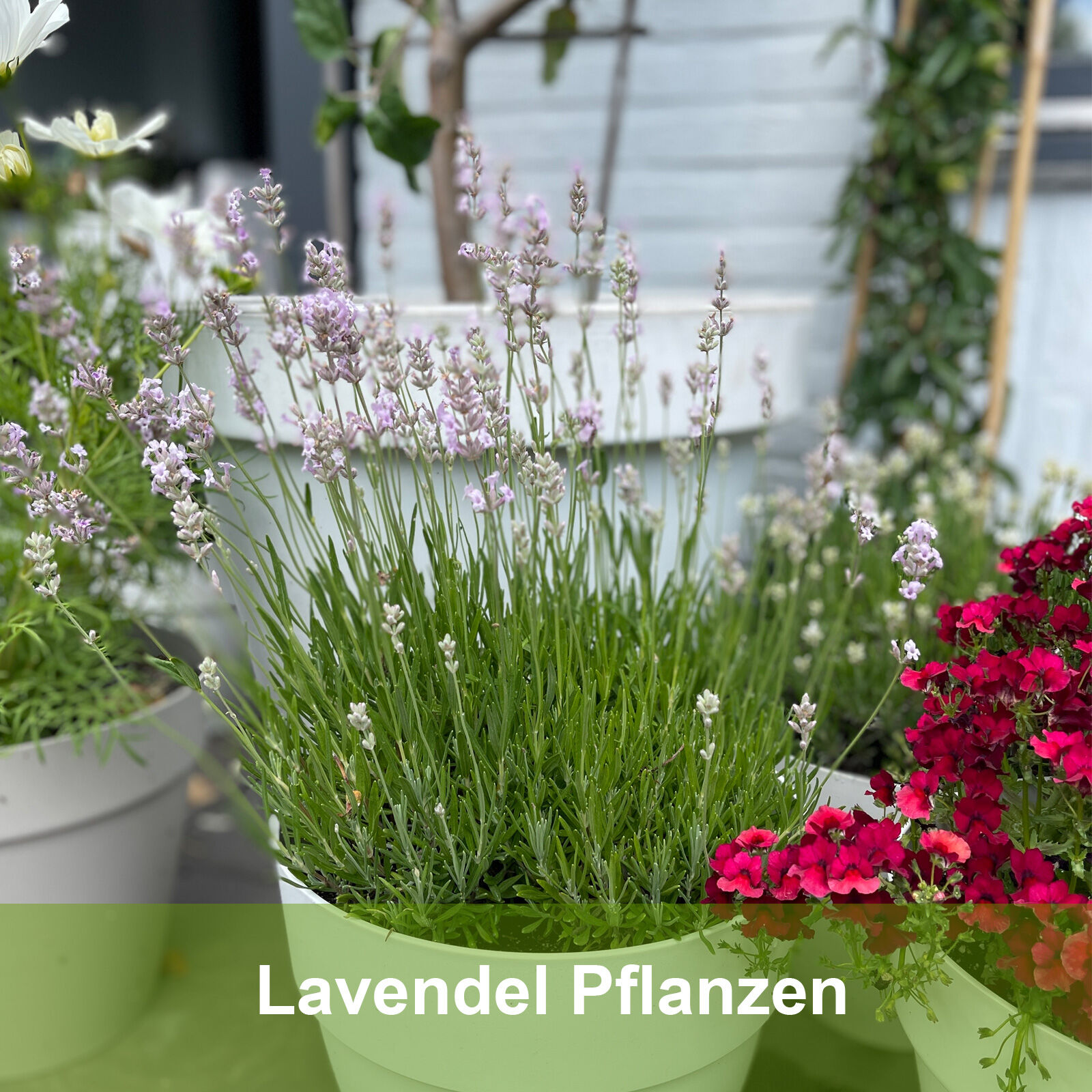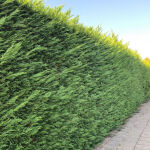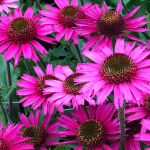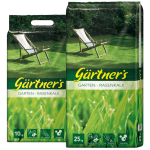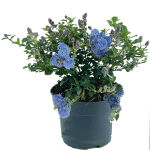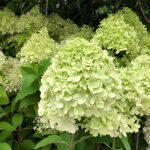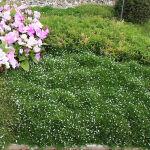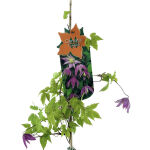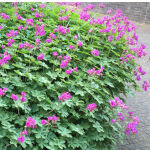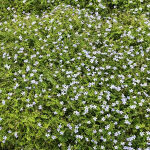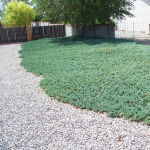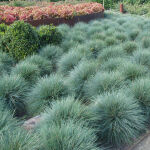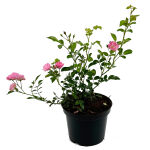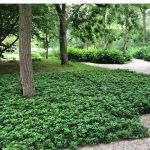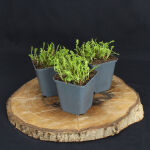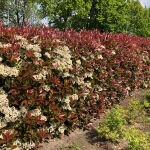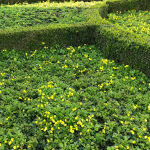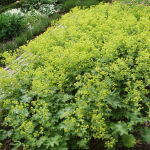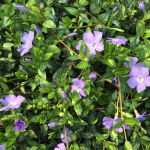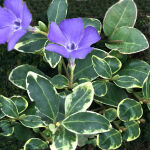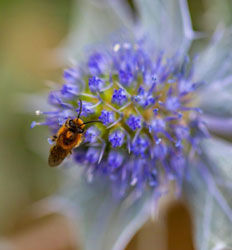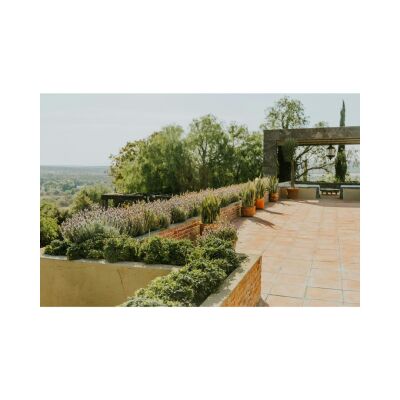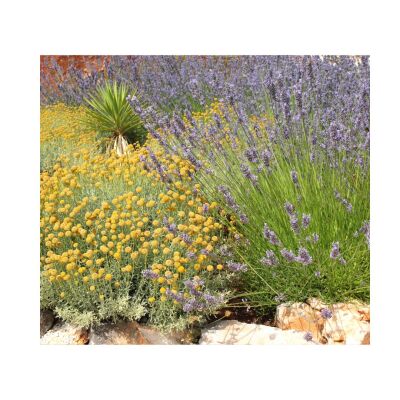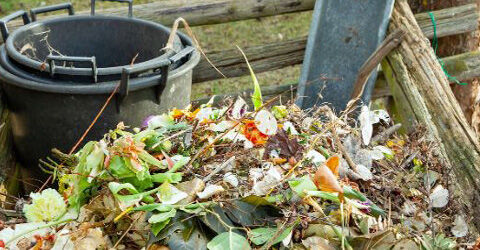![]()
Schnelle Lieferung
In der Regel trifft Ihre Bestellung
innerhalb von 1-3 Tagen ein.
![]()
Top Bewertungen
überzeugen Sie sich selbst
von unseren positiven
Rezensionen bei Google.
![]()
der Umwelt zur Liebe
verzichten wir weitestgehend auf
Plastik oder Papier. Stroh als
Füllmaterial sowie recycelte Pflanztöpfe.
![]()
Riesige Auswahl
über 700 Pflanzsorten. Ist Ihre
nicht dabei oder haben Sie Fragen?
Wir sind nur einen Anruf oder E-Mail entfernt.
Intragarten : Dein Internet Shop um die herrlichsten Pflanzen für den Garten zu kaufen!
Wenn dein Garten in ein grünes Wohnzimmer verwandelt werden soll, dann bist Du auf unserer Seite genau richtig. Hier kannst Du einfach und bequem deine Pflanzen in aller Ruhe aussuchen und bestellen. Gartenpflanzen verschönern das Zuhause und machen den Garten zu einem Wohlfühlplatz. Einen Garten zu pflegen und zu gestalten ist mehr als nur ein Hobby, hierbei handelt es sich um einen willkommenen Ausgleich zur Hektik und Anstrengung im Alltag. Ein schön blühender Garten, in dem sich auch Bienen, Hummeln und Vögel wohlfühlen ist perfekt um einen langen und stressigen Tag ausklingen zu lassen. Der Duft von blühenden Stauden hilft beim Entspannen und regenerieren.
Ein Vorteil des Online-Einkaufs von Pflanzen
Der große Vorteil bei einer Online Bestellung besteht darin, dass Du als Kunde die Möglichkeit hast, Preise und Qualität direkt miteinander zu vergleichen. Wir von Intragarten geben immer den besten Preis an unsere Kunden weiter. Hierbei spielt es keine Rolle wie groß die Abnahmemenge ist, auch schon bei Bestellungen von einer Pflanze erhältst du einen fairen Preis. Da unsere Züchter alle aus der Region kommen, können wir einen Zwischenhandel komplett umgehen und sind somit in der Lage die günstigen Preise direkt an unsere Kunden weiter zugeben. Eine schnelle Lieferung, aber auch persönlicher Kontakt gehört zu einem weiteren Serviceversprechen, welches wir gerne unseren Kunden geben. Ein weiterer Vorteil besteht für dich, dass Du bei uns Pflanzen findest die es im stationären Handel oft nicht gibt, da die Nachfrage dort zu gering ist. Eine Pflanzenlieferung von Intragarten ist eine bequeme und praktische Option um Pflanzen für deinen Garten zu suchen und diese umgehend nach Hause geliefert zu bekommen.
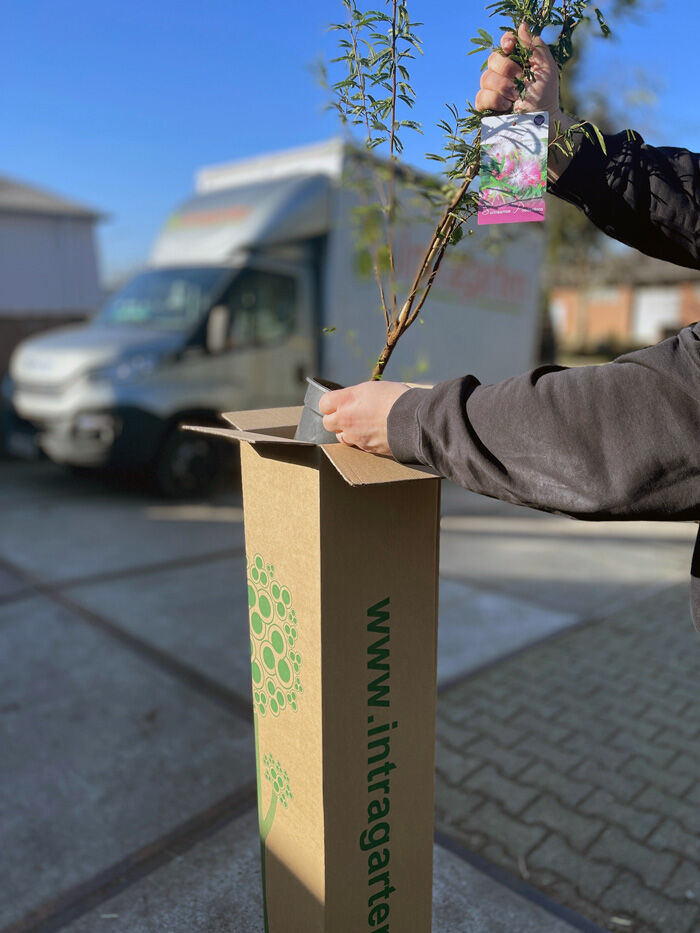
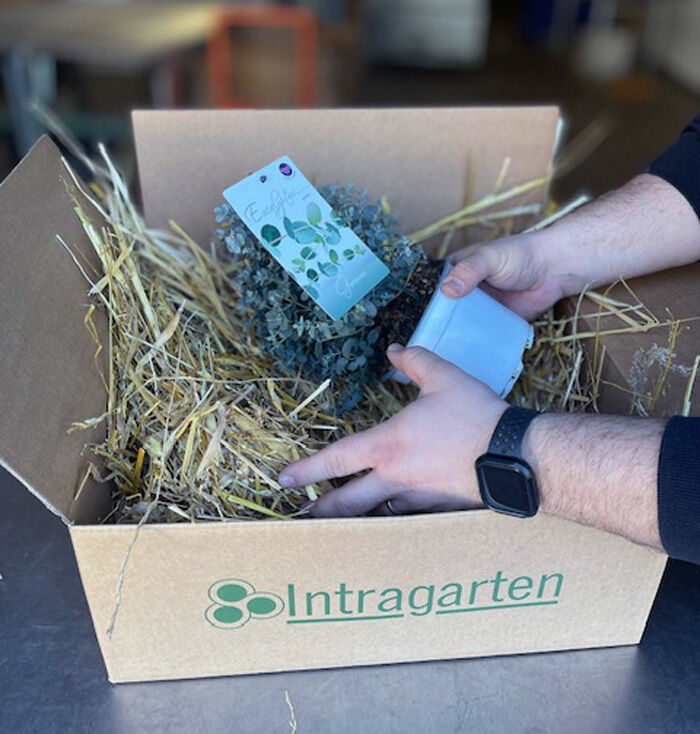
Bei uns gibt es eine große Vielfalt die begeistert
Unsere Kunden können in verschiedenen Kategorien stöbern, z.B. Pflanzen, Themengärten, Heckenpflanzen oder Pflanzsets. Und wir sind uns sicher, auch Du wirst in unserem Shop fündig werden und begeistert von unserem Service sowie Leistungen sein. Bei uns erhältst Du gesunde und hochwertige Pflanzen. Zu den beliebtesten Pflanzen gehören unter anderem der duftende Lavendel, niedrig wachsende Purpurglöckchen oder die früh blühende Pfingstrose, welche auch gerne als Schnittblume verwendet wird. Dies sind nur einige der beliebtesten Staudenpflanzen, bei uns gibt es eine Vielzahl von Optionen, da ist für jeden Geschmack und jede Gartenumgebung etwas dabei.
Was sollte bei einer Pflanzen Bestellung beachtet werden?
Bei der Bestellung von Pflanzenlieferungen ist es wichtig, den Standort und die Bedingungen zu berücksichtigen, unter denen die Pflanzen wachsen werden. Verschiedene Pflanzen haben unterschiedliche Wachstumsbedingungen und Anforderungen an Standort, Bodenqualität und Pflege. Es ist wichtig, sicherzustellen, dass die Pflanzen für den vorgesehenen Standort geeignet sind, um viel Freude an den Pflanzen von Intragarten zu haben.
Pflanzen sind ein wichtiger Teil der Natur und können uns Menschen dazu verhelfen, sich mit der Natur verbunden zu fühlen, sie haben eine positive Wirkung auf das Wohlbefinden und unsere Lebensqualität. Die Gestaltung eines Gartens kann zur Entfaltung der eigenen Kreativität beitragen. Aus diesen Gründen laden wir alle Gartenfreude herzlich ein unser Sortiment zu entdecken, damit auch dein Garten um eine Vielzahl von neuen Pflanzen bereichert wird.
 Deutschland
Deutschland